Opening a Goshala, a sanctuary for cows, in India involves navigating specific legal requirements and procedures. Essential steps include registering the Goshala as a non-profit organization, adhering to local and national animal welfare laws, and securing land with adequate facilities for cow care.
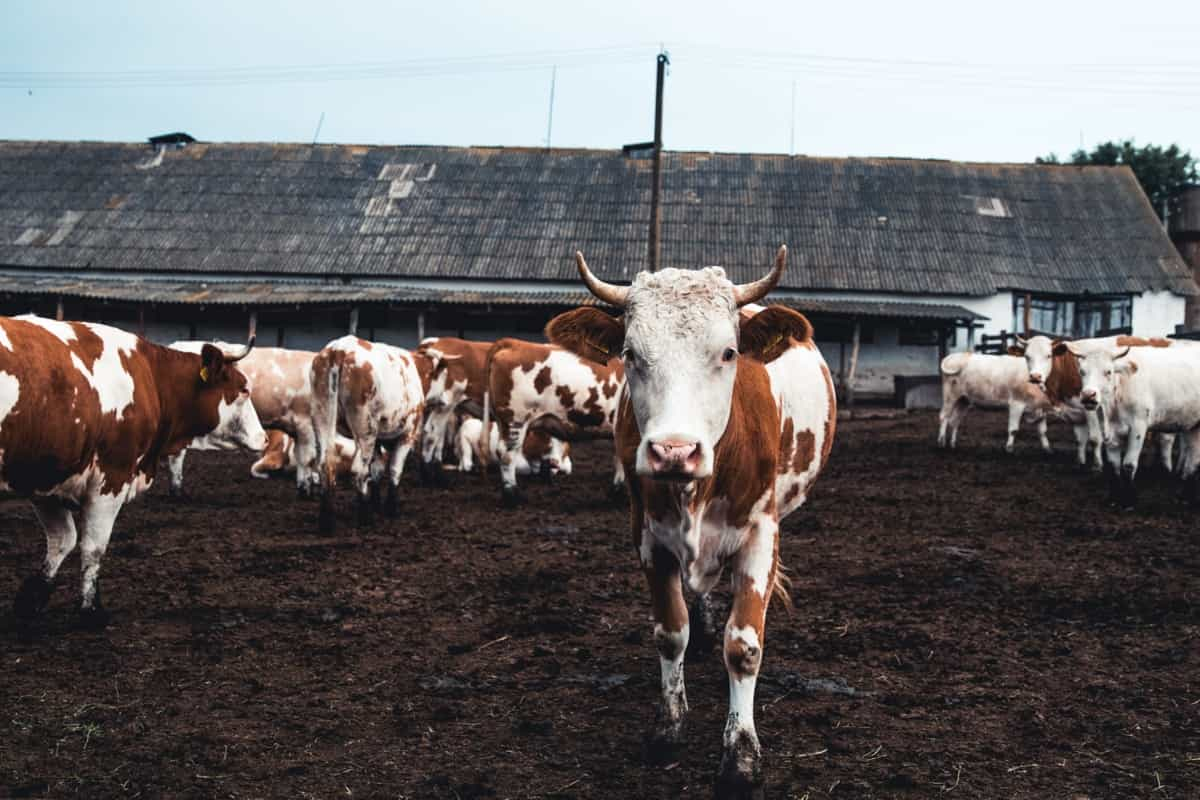
Additionally, obtaining necessary permits, creating a sustainable management plan, and ensuring funding are crucial. This guide offers a complete overview of the essential steps and legalities in starting a Goshala project in India, aiming to provide a haven for these revered animals.
How to Open a Goshala in India
What is Goshala?
A Goshala, rooted in Indian tradition, is a shelter for cows, revered in Hindu culture as sacred animals. These sanctuaries provide care and protection for cows, often rescuing them from slaughter or abandonment. Goshalas offer a humane environment where cows are nurtured, fed, and medically treated.
Serving both religious and ethical purposes, Goshalas play a significant role in animal welfare and rural communities. They also engage in activities like organic farming and dairy production, ethically utilizing cow products. Goshalas symbolize respect for life and compassion in Indian society.
Understand the Legal Requirements for Establishing a Goshala
- Non-Profit Registration: Register the Goshala as a non-profit or charitable organization under Indian law.
- Animal Welfare Compliance: Ensure compliance with the Prevention of i to Animals Act and other relevant animal welfare regulations.
- Land Acquisition: Secure appropriate land for the Goshala, adhering to zoning laws and environmental guidelines.
- Building Permits: Obtain necessary building permits for constructing cow shelters and other facilities.
- Health and Safety Standards: Implement health and safety standards for animal care, including veterinary services.
- Funding and Donations: Establish a system for funding, donations, and financial management under legal guidelines.
- Staffing Requirements: Meet legal requirements for staffing, including skilled caretakers and veterinary professionals.
- Regular Inspections: Prepare for periodic inspections by animal welfare boards and local authorities to ensure compliance.
In case you missed it: Goshala Registration and Preparation of a Project Report: For Seeking Government Assistance for Subsidy and Procurement of Land for Goshala
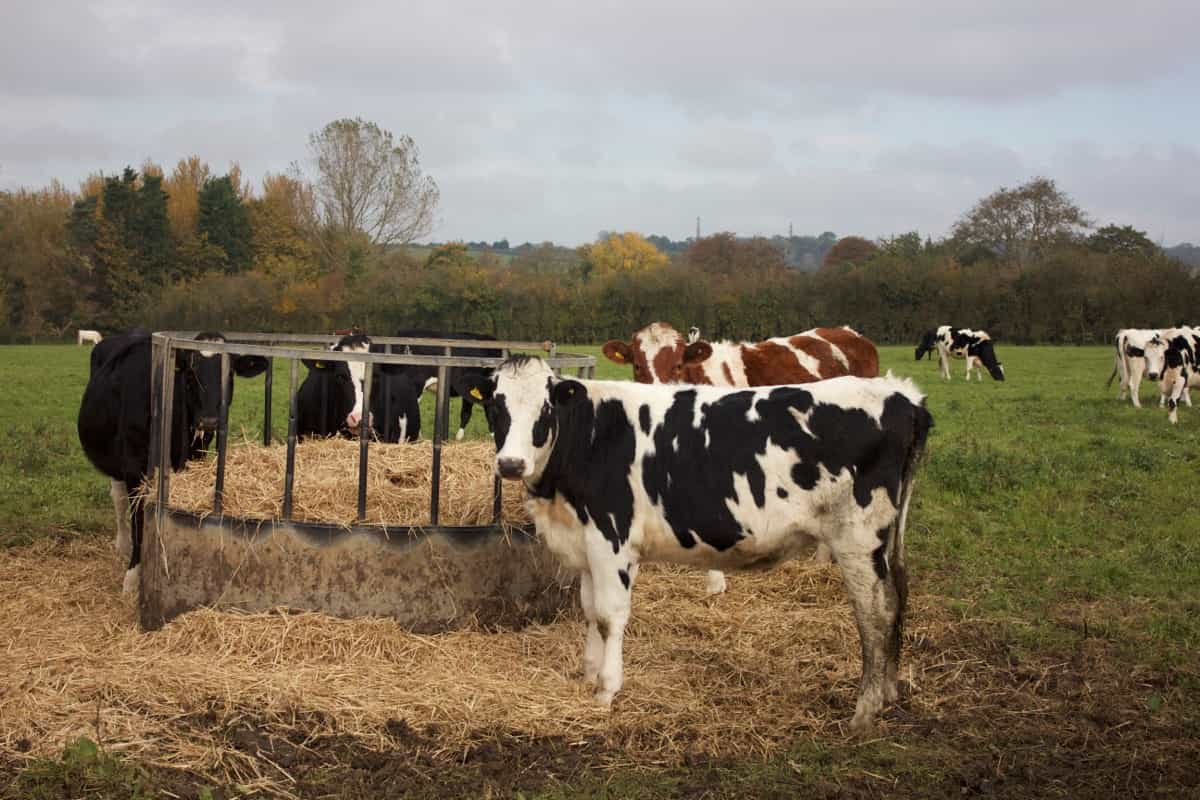
Create a Comprehensive Business Plan for the Goshala
A comprehensive business plan for a Goshala should include an Executive Summary, Objectives, Mission Statement, Company Description, Legal Structure, Location, Background, Market Analysis, Organization and Management, Services Offered, Marketing and Fundraising Strategy, Operational Plan, Financial Plan, Risk Management, and Compliance.
The Executive Summary should outline the purpose, vision, objectives, mission statement, company description, legal structure, location, target audience, and competitive analysis. The Organizational Structure should outline the management hierarchy, roles and responsibilities, staffing needs, and services offered.
The Marketing and Fundraising Strategy should outline strategies for promoting the Goshala, fundraising tactics, and public relations. The Operational Plan should detail daily operations, facilities, suppliers, and partners. The Financial Plan should provide a detailed budget, revenue streams, and financial projections. Risk Management should involve risk assessment, mitigation strategies, and adherence to legal and regulatory requirements.
Secure Funding and Resources for the Goshala Project
- Identify funding sources: Explore government programs, private donations, and corporate sponsorships to support animal welfare and rural development. Develop a fundraising strategy using online campaigns, community fundraising, and grant writing.
- Mobilize resources: Encourage volunteer involvement and in-kind donations to reduce labor costs.
- Manage finances: Create a detailed budget and maintain transparency to build trust with donors and stakeholders.
- Sustainable revenue streams: Use Goshala land for organic farming, ethically sourced dairy products, and eco-tourism initiatives.
- Partner with NGOs, animal welfare organizations, and educational institutions for resources and knowledge sharing. Build relationships with government agencies for ongoing support and to stay informed about new funding opportunities.
- Marketing and public relations: Build a strong brand and online presence for the Goshala and educate the public about cow protection and conservation to garner support.
How to Open Gaushala In India: Essential Guidelines and Requirements
The Government of Rajasthan is promoting the establishment of Gaushalas in India, a scheme aimed at farmers. The application process involves meeting specific criteria and following a structured process. The target group is farmers interested in establishing a Gaushala, prioritizing quality care. Applicants must obtain a registration form from the Office of the CVO at Vikas Bhawan. Infrastructure and capacity requirements include:
- A minimum of 200 cows.
- 1.5 to 2 acres of land for 500 to 1000 cattle.
- 5 to 10 acres for larger Gaushalas.
In case you missed it: Everything You Need to Know About Punganuru Cows: Origin, Characteristics, Temperament, and Breeding
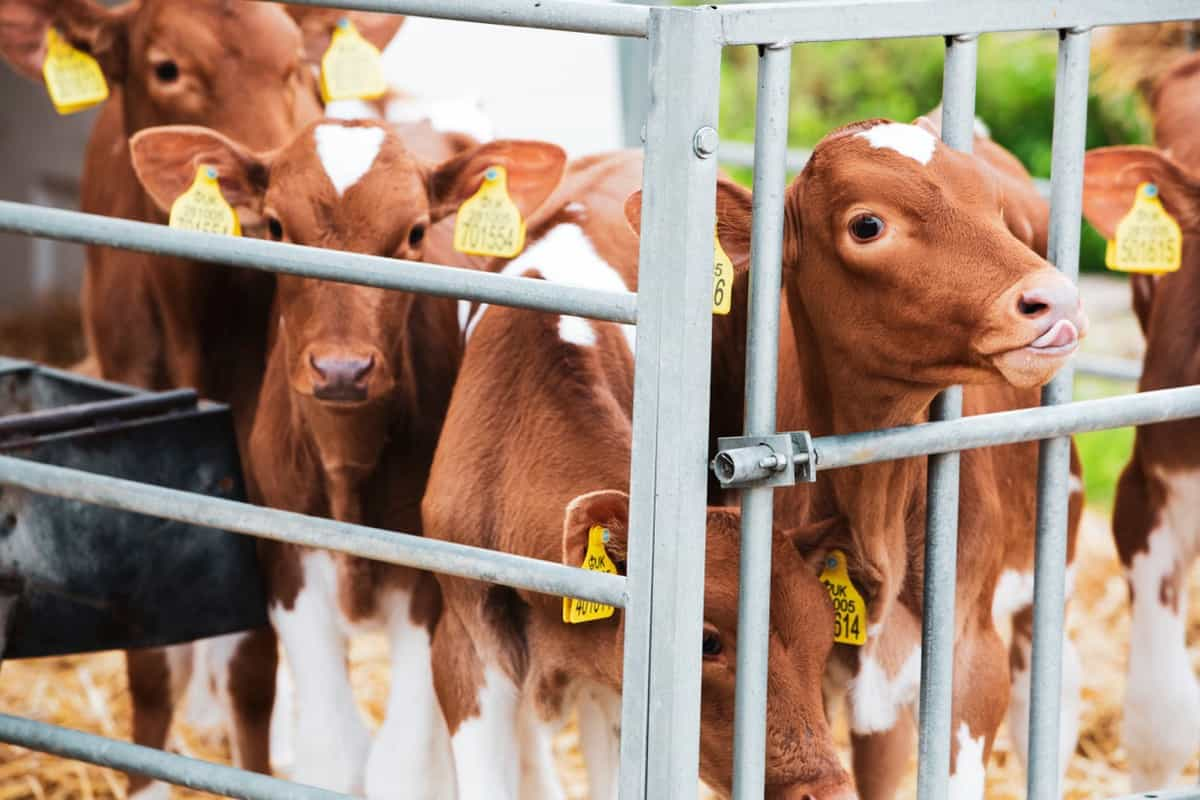
Government grants are provided daily, with the funds intended to support basic needs like food and water. Regular checks are conducted to ensure cattle welfare and proper use of the grants.
Identify Suitable Locations for the Goshala
The ideal location should offer a peaceful and natural environment conducive to the well-being of the cattle. It needs to be spacious enough to accommodate the animals comfortably, with ample grazing land. Accessibility is critical, ensuring ease of transport for supplies and visitors. The area should have a reliable water source and be safe from flooding or other environmental hazards. Proximity to veterinary services and markets for sourcing feed and potentially selling dairy products is also essential.
Construct the Infrastructure for the Goshala
The Goshala should be carefully chosen for its location, which should be away from noise and pollution, have access to fresh water and green pastures, be fertile, and have a proper drainage system to prevent waterlogging and diseases. The design should be based on the needs and comfort of the cows, with spacious sheds with adequate ventilation and lighting, raised platforms with soft bedding, separate areas for milking, feeding, cleaning, and medical care, and a fence or wall to protect them from predators and intruders.
The equipment and facilities should be of good quality and well-maintained, including a water tank or well for clean water, a generator or solar panel for electricity, a biogas plant or compost pit for cow dung conversion, and a veterinary clinic or mobile unit for regular health check-ups and treatments for the cows.
Managing Gaushala in India
Daily Routines
- Seasonal Housing: In summer, cattle stay outside at night, while in winter, they are housed inside sheds.
- Feeding Schedule: Fresh green fodder is given twice daily, at 6 AM and 4 PM in summer and at 7 AM and 5 PM in winter.
- Cleaning and Maintenance: Regular cleaning of sheds and outdoor areas is essential, with schedules varying by season.
Feeding and Watering
- Grazing Land: Ensure cattle have access to grazing land or feeding managers.
- Feeding Mangers and Water Troughs: Appropriately sized feeding managers and water troughs should be available for different types of cattle, from newborn calves to adult buffaloes.
Housing & Environment
- Grouping and Space: Cattle should be kept in small, stable groups with enough space for natural behaviors.
- Flooring: Floors should be comfortable, not too hard, slippery, or rough, to avoid harming the cattle.
Milking
Method: Use the “full hand” method for manual milking or ensure hygienic and safe use of milking equipment.
Health Care
- Daily Monitoring: Regular health checks and separate housing for sick animals.
- Vaccination and Parasite Control: Implement a vaccination program against common diseases like foot-and-mouth and rabies.
In case you missed it: Implementing Technology in Cattle Farming: Automation and Digital Solutions
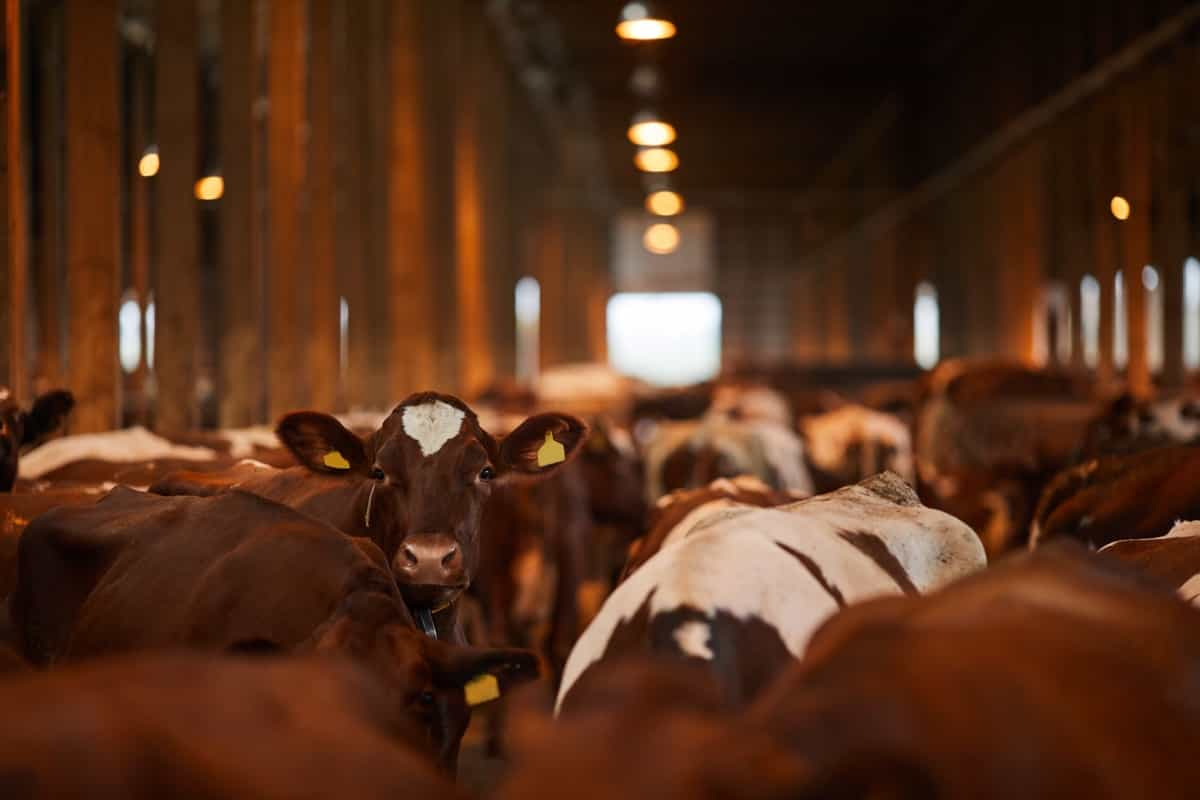
Financial Assistance and Government Schemes
- Gaushala Anudan Sahayta: This scheme offers grants for cow protection, encouraging farmers to open cow shelters with a capacity of around 200 cows.
- District Level Nandishala Jan Sahayak Yojana: Aimed at constructing shelters for stray oxen/male cows, this program provides Rs—50 Lakhs for construction and maintenance.
- Gaushala Vikas Yojana: Supports infrastructure development in state-registered Gaushalas, with up to Rs. 10 Lakh sanctioned for construction, requiring a 10% contribution from the Gaushalas.
Infrastructure Development and Resource Management
- Land Requirements: For effective operation, a Gaushala housing 500 to 1000 cattle requires 1.5 to 2 acres, while one with 2500 to 5000 cattle needs 5 to 10 acres.
- Construction and Facilities: Infrastructure development includes sheds, fodder storage, water tanks, and facilities for the caretakers.
Technical Services and Sustainable Practices
- Bio Gas Jan-Sehbhagita Yojana: Financial assistance for constructing biogas plants, enabling Gaushalas to become self-reliant in energy.
- Organic Fertilizers and Dairy Farm: Utilizing cattle waste for organic fertilizers and setting up dairy farms for additional revenue.
Management and Operational Efficiency
- Staffing and Training: Recruit skilled staff and volunteers and provide adequate cattle care and management training.
- Effective Management Practices: Implementing efficient management strategies for resource allocation, feeding, and health care of the cattle.
Community Engagement and Awareness
- Panchayat Samiti Level Nandishala Jan Sahbhagita Yojana: Establishing Nandishalas at the Panchayat Samiti Level for comprehensive care of abandoned and stray cattle.
- Educational Programs: Conduct community awareness programs about cattle welfare and the importance of Gaushalas.
Major Operational Challenges for Goshala
- The lack of Funds: Gaushalas often need more financial resources, which impacts their ability to provide adequate care and support to the cattle.
- Insufficient Government Aid: While government schemes are available, they may not always be sufficient or easily accessible, leaving many Gaushalas underfunded.
- Inadequate Fodder Availability: Consistent and quality fodder supply is a significant challenge, especially in regions facing drought or other environmental issues.
- Limited Access to Technical Services: Many Gaushalas need access to essential technical services like veterinary care, which is crucial for the health and well-being of the cattle.
- Poor Infrastructure Facilities: Inadequate infrastructure, including shelter, feeding areas, and medical facilities, often hampers the efficient operation of Gaushalas.
- Ineffective Management: Management practices, often due to a lack of training or resources, can lead to efficient operations and mismanagement of resources.
In case you missed it: Maximizing Milk Production: Dairy Cow Nutrition on Different Lactation Cycles
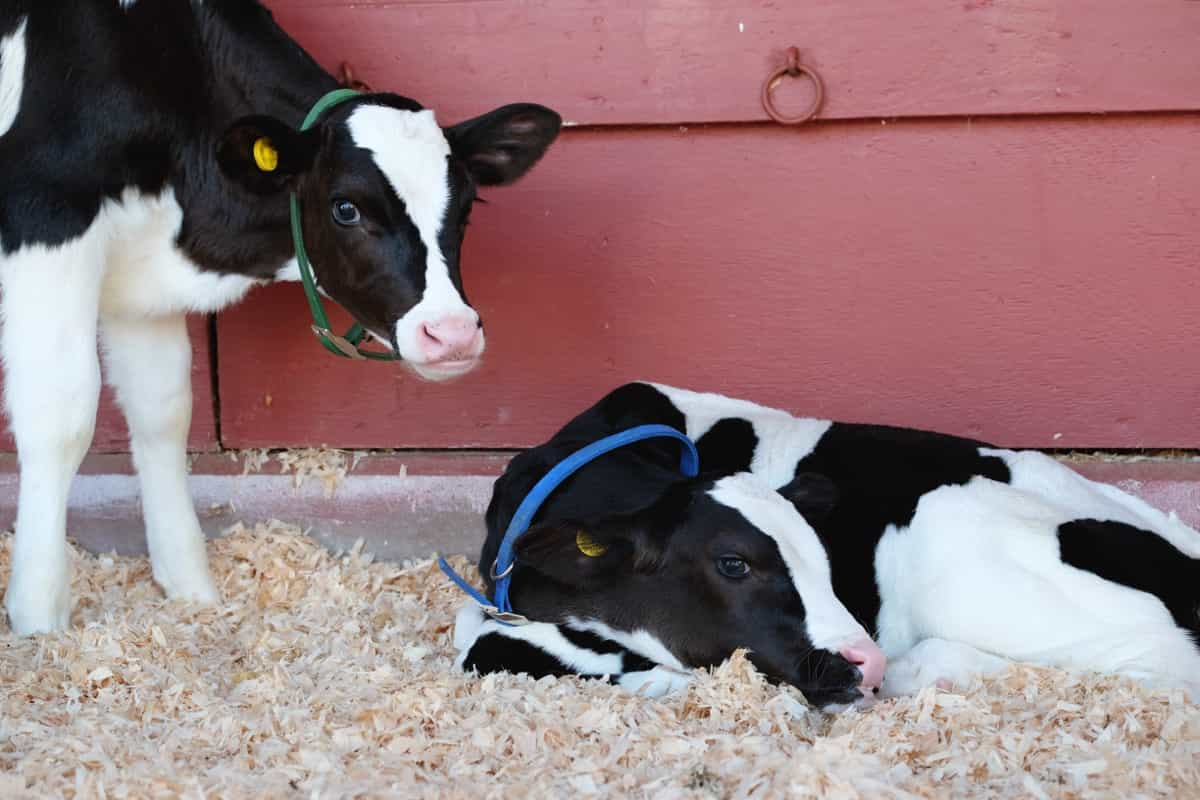
Strengthening of Goshalas in India
Goshalas are places where cows are sheltered and cared for. They need help with low funding, untrained staff, and outdated methods. To make them more sustainable, they should use their resources like cow dung and urine more efficiently. One way to do this is to set up a “Krishi- Govigyan Anusandhan Kendra” in each district, where they can show how to make organic fertilizer, vermicompost, biopesticides, and bioenergy from cow waste.
This will help the Goshalas and the farmers who can learn from them. The State Animal Husbandry and Agriculture Departments should support these centers with infrastructure and skilled personnel. Another way is to have a laboratory and a documentation center at the division level or for a group of districts, where they can test and record the effects of bio-fertilizers and bio-pesticides on crops. This will help them improve their crop quality and reduce their input costs.
Since these centers and laboratories will mainly serve the rural areas, a part of the Krishi Mandi tax can be used to fund them. This has been done in UP. Goshalas can also train their workers at the Krishi Go Vigivaan Anusandhan Kendras. The State Government should give Goshalas and Panjarpools electricity and water at lower rates. The State Animal Husbandry Department should ensure that Goshalas have complete veterinary services.
Livestock development is now part of agricultural development. However, livestock extension, which involves providing services and goods, differs from crop extension, which involves transferring knowledge. In crop extension, the idea is to share knowledge from the lab to the farmer through an extension channel, but in animal sciences, there needs to be more knowledge transfer.
In case you missed it: Why You Should Consider These 20 Best Dairy Cattle Breeds for Your Farm: Top Profitable Milk Cow Breeds
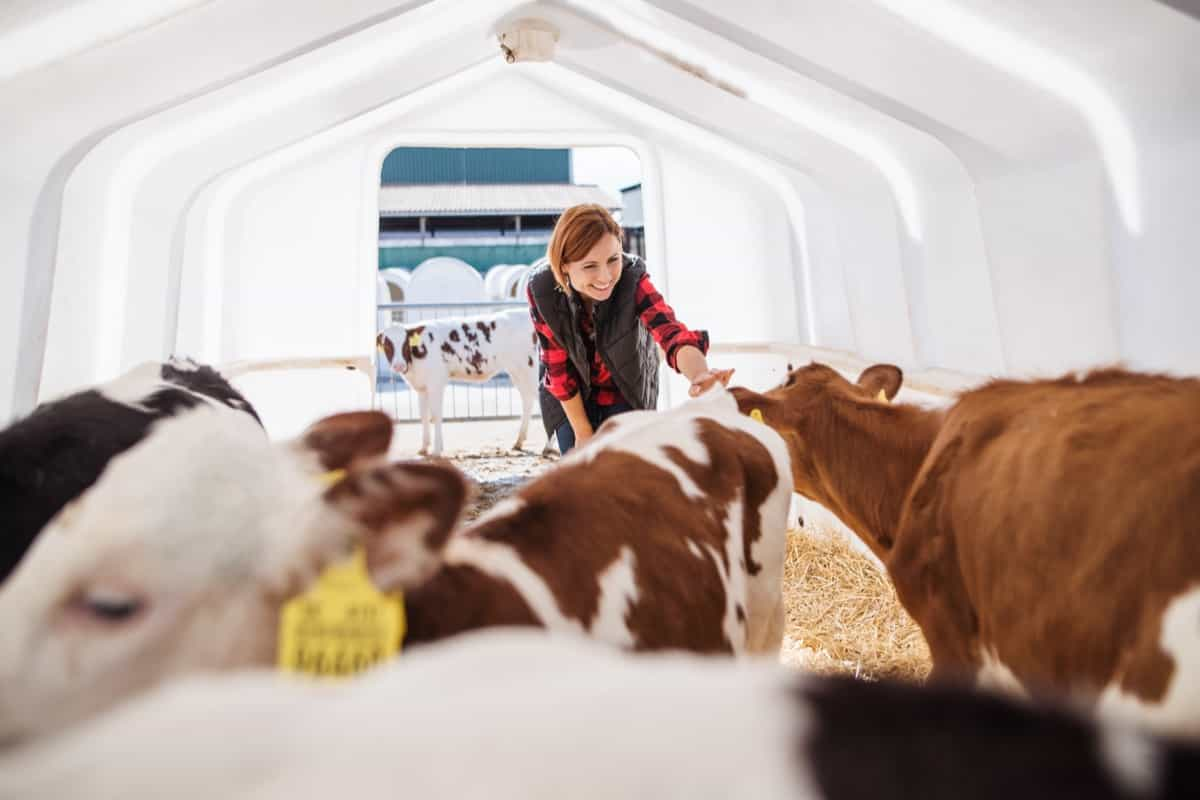
Conclusion
Opening a Goshala in India involves understanding legal requirements, securing funding, choosing a suitable location, and developing infrastructure. Adherence to governmental guidelines, efficient management, and sustainable practices are crucial. This process supports animal welfare and contributes to agricultural and rural development in India.
- Goat Farming Technology: The Future of Goat Husbandry
- How to Build a Low-budget Goat Shed: Cheap Ideas and Tips
- Goat Farming Training Programs in India: A Beginner’s Guide
- Types of Pesticides Used in Agriculture: A Beginner’s Guide
- Economical Aquaculture: A Guide to Low-Budget Fish Farming
- 15 Common Planting Errors That Can Doom Your Fruit Trees
- How to Make Houseplants Bushy: Effective Tips and Ideas
- Innovative Strategies for Boosting Coconut Pollination and Yield
- Pollination Strategies for Maximum Pumpkin Yield
- The Complete Guide to Chicken Fattening: Strategies for Maximum Growth
- Natural Solutions for Tulip Problems: 100% Effective Remedies for Leaf and Bulb-Related Issues
- Revolutionizing Citrus Preservation: Towards a Healthier, Greener Future
- Natural Solutions for Peony Leaf and Flower Problems: 100% Effective Remedies
- Maximizing Profits with Avocado Contract Farming in India: A Comprehensive Guide
- Natural Solutions for Hydrangea Problems: 100% Effective Remedies for Leaf and Flowers
- The Ultimate Guide to Choosing the Perfect Foliage Friend: Bringing Life Indoors
- From Sunlight to Sustainability: 15 Ways to Use Solar Technology in Agriculture
- The Ultimate Guide to Dong Tao Chicken: Exploring from History to Raising
- The Eco-Friendly Makeover: How to Convert Your Unused Swimming Pool into a Fish Pond
- Mastering the Art of Delaware Chicken Farming: Essentials for Healthy Backyard Flocks
- 20 Best Homemade Fertilizers for Money Plant: DIY Recipes and Application Methods
- How to Craft a Comprehensive Free-Range Chicken Farming Business Plan
- Brighten Your Flock: Raising Easter Egger Chickens for Beauty and Bounty
- How to Optimize Your Poultry Egg Farm Business Plan with These Strategies
- Subsidy for Spirulina Cultivation: How Indian Government Schemes Encouraging Spirulina Farmers
- Ultimate Guide to Raising Dominique Chickens: Breeding, Feeding, Egg-Production, and Care
- Mastering the Art of Raising Jersey Giant Chickens: Care, Feeding, and More
- Ultimate Guide to Raising Legbar Chickens: Breeding, Farming Practices, Diet, Egg-Production
- How to Raise Welsummer Chickens: A Comprehensive Guide for Beginners
- How to Protect Indoor Plants in Winter: A Comprehensive Guide
- Ultimate Guide to Grow Bag Gardening: Tips, Tricks, and Planting Ideas for Urban Gardeners
- Guide to Lotus Cultivation: How to Propagate, Plant, Grow, Care, Cost, and Profit
- Agriculture Drone Subsidy Scheme: Government Kisan Subsidy, License, and How to Apply Online
- Ultimate Guide to Raising Araucana Chickens: Breed Profile, Farming Economics, Diet, and Care
- Bringing Hydroponics to Classroom: Importance, Benefits of Learning for School Students
- Ultimate Guide to Raising Polish Chickens: Breed Profile, Farming Economics, Diet, and Care